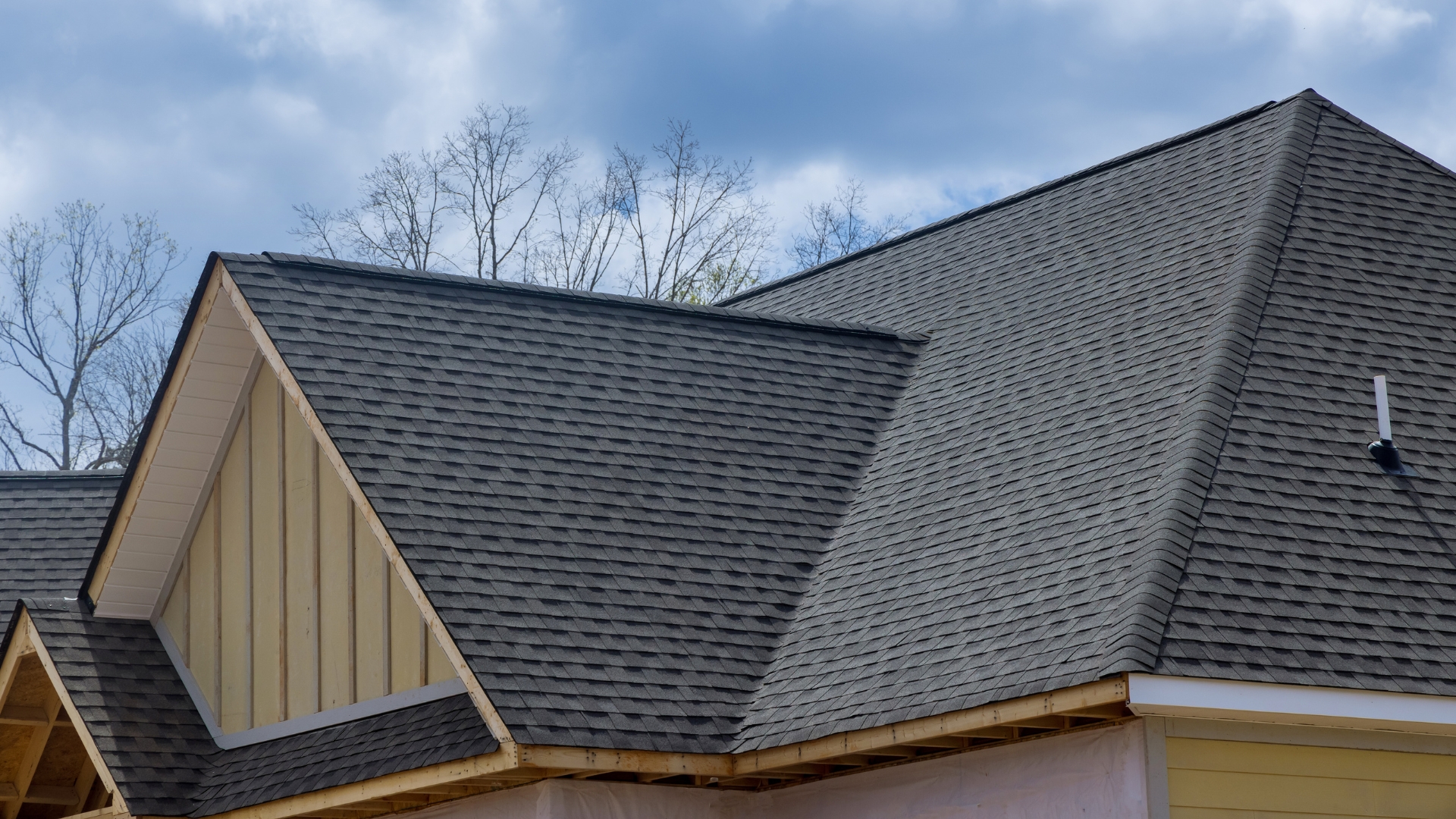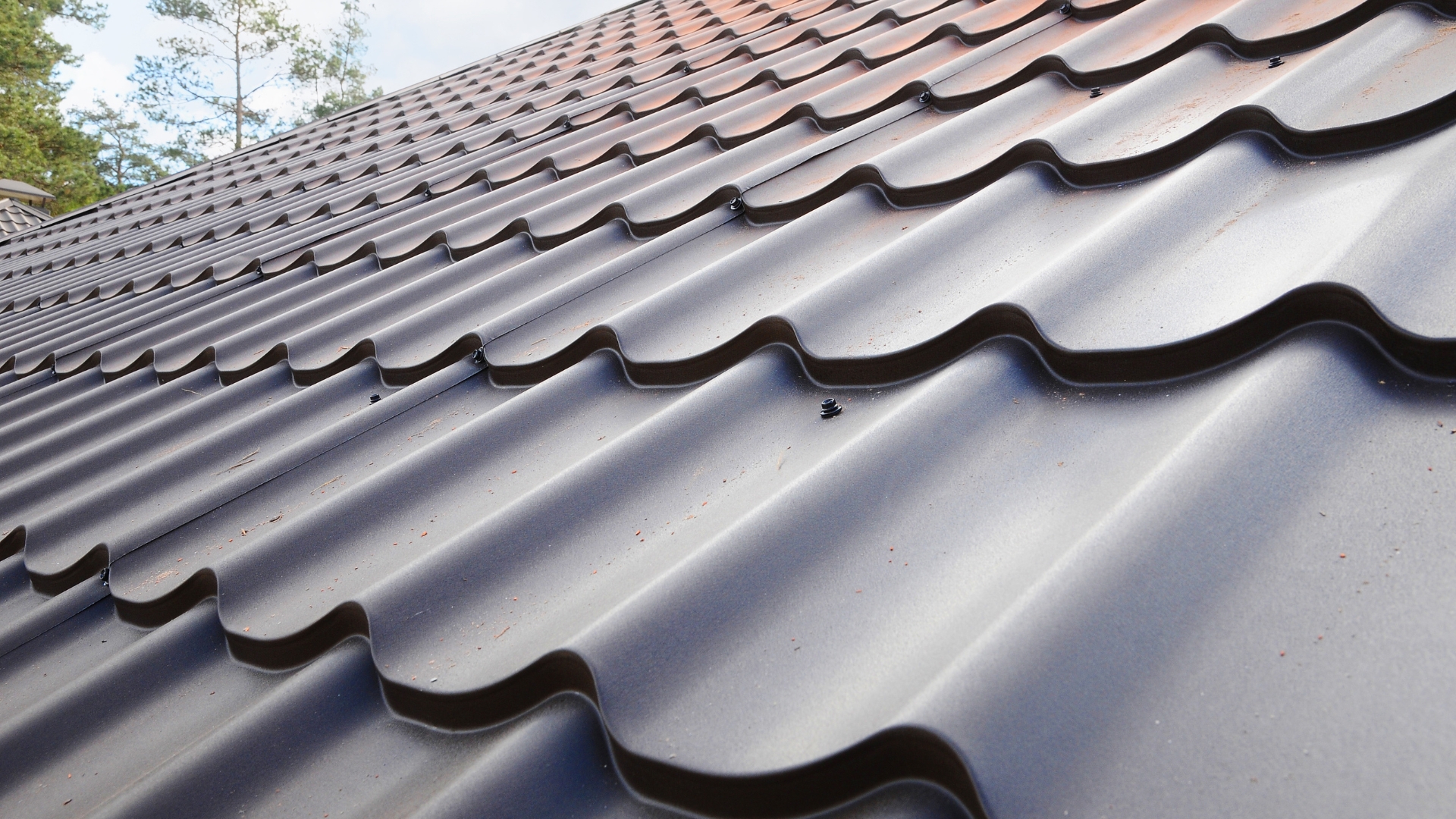Ever pondered how long does a new roof last? You’re not alone. A lot of folks find themselves wrestling with the durability question when it’s time to consider swapping out their roof or figuring out its upkeep. This article simplifies the puzzle, providing clear guidance on how long different roofing options such as asphalt shingles and metal coverings typically last.
We’ll dive into factors that can either extend or shorten your roof’s life expectancy. Plus, we’ll clue you in on warning signs that suggest it might be time for a new roof. By the end, you’ll have gained actionable strategies to help prolong your roof’s durability while understanding how different materials stack up against each other in terms of longevity.
Understanding the Lifespan of Different Roofing Materials
Asphalt Shingles – The Popular Choice
If you’re eyeing an asphalt shingle roof, get ready for about 20 to 30 years of solid performance. That’s right, these babies aren’t just popular because they look good; they strike a nice balance between cost and durability. But don’t confuse your average three-tab asphalt with architectural shingles—those can hug your house for up to 50 years with proper care.
But hey, no roofing material is a set-it-and-forget-it deal. Want to push that lifespan? Regular maintenance is key. And I’m not just talking about clearing those gutters (though you should check out gutter guards). An annual roof inspection can spot potential issues before they invite themselves in for dinner.

Metal Roofs – Durability and Longevity
Moving on to metal roofs—these are like the superheroes of roofing materials. They laugh in the face of harsh weather and could easily last you 40-70 years depending on the type. Metal roofs might come at a higher upfront cost compared to their asphalt counterparts but think long-term savings in repairs and replacements.
They’re also pretty eco-friendly since most metal roofing contains recycled materials and can be recycled again at the end of its life cycle—a win-win if you ask me.

Factors Influencing Your Roof’s Longevity
Maintaining a roof over your head isn’t just about having shingles up there. It’s knowing what plays into the life of that protective layer. Quality materials and consistent temperature are like peanut butter and jelly – they’re better together for your roof’s longevity.
The Importance of Professional Installation
Poor ventilation can turn your attic into an oven, cooking your shingles from the inside out. Hence, professionals like Campo Roof underscore the necessity of routine upkeep to avert premature deterioration of your roof’s singles due to excessive heat. Imagine frying an egg on a sidewalk; now think of that heat trapped under your roof without proper escape routes – not good.
The difference between professional installation and a DIY disaster could be decades added to or subtracted from your roof’s lifespan. So if you’ve ever wondered why some roofs look brand new after 20 years while others cry for help in less than 10, it often boils down to how well they were installed and maintained.
Preventative Measures for Roof Maintenance
Maintaining your roof isn’t just about fixing leaks. It’s about preventing them in the first place. Regular roof maintenance and annual roof inspections are like health check-ups for your home, spotting potential issues before they balloon into expensive repairs.
A crucial part of this preventative strategy involves managing water accumulation. Ensuring effective water runoff is essential in preventing the accumulation that gradually deteriorates your rooftop. By fitting gutter protectors, you make sure the channels stay free from clutter, letting water easily escape your dwelling.
The benefits? Well, think of it this way: catching problems early with an annual inspection can prevent small issues from becoming big headaches down the line. Plus, making sure you have good drainage reduces the risk of water damage – a leading cause of premature roofing woes.
Maximizing Your Roof’s Life Through Timely Repairs
Think of your roof like a car. Just as small tweaks under the hood can prevent a full-blown engine meltdown, frequent small repairs on your roof can dodge major headaches down the line. It’s not merely about sidestepping drips and drops; it’s fundamentally about conserving dough and reducing anxiety by addressing looming catastrophes early on.
If you’ve noticed darker patches on your shingles or some are curling at the edges, don’t wait for rain to start pouring into your living room before you act. These warning signs scream for attention because left unchecked, they lead to costly roof repairs—or worse, an entire replacement sooner than expected. Regular check-ups and fixing minor issues promptly can extend your roof’s life significantly.
In this vein, choosing materials with longer warranties might seem like a smart move—and it is. Lighter roofing materials not only reflect heat better but often come with more generous guarantees against wear and tear. Ever thought about how stepping in at just the right moment can keep both your roof and your bank account from taking a hit? Explore the ways in which regular upkeep can sidestep the need for costly renovations.
The Impact of Climate on Roof Durability
The endurance of your roof is significantly influenced by the whims of the weather, determining its ability to withstand nature’s challenges. In sunny climates, for instance, roofs might not age like fine wine. The relentless beating from UV rays can lead to quicker degradation of materials such as asphalt shingles or wood shake.
Cooler Climates vs Warmer Climates
Evaluating how temperature extremes both hot and cold can impact your roofing material choices and their expected lifespans.
In areas where storms are more frequent, physical damage becomes the main concern. When hail batters down, rain lashes out in torrents, and winds howl fiercely, it’s not only your leisure time that gets disrupted; these elements put your roof’s durability to the ultimate test. This is why choosing materials suited to withstand these forces—like metal roofs for their durability—is crucial.
If you’re curious about keeping water out and maintaining a consistent temperature inside without cranking up the AC or heating every five minutes, understanding timely roof repairs is key. Remember that proper maintenance goes hand in hand with material choice when aiming to extend your roof’s lifespan amidst varying climatic challenges.
FAQs in Relation to How Long Does a New Roof Last
How long is the life expectancy of a new roof?
A new roof typically lasts between 15 to 50 years, depending on materials used and maintenance habits.
How long does a 30 year roof really last?
A “30-year” roof often reaches about 25 years before needing significant attention or replacement.
Does a new roof increase home value?
Yes, upgrading your roof can boost your home’s resale value by improving curb appeal and functionality.
What is the best month to replace a roof?
The ideal time for roofing is late spring through early fall. Weather conditions are generally optimal then.
Conclusion
So, you’ve journeyed through the maze of deciding on a new roof. After navigating through a variety of options like asphalt shingles and metal coverings, you’ve gained insights into how long they might last.
Dive deep into maintenance; it’s key. Remember, regular checks can push your roof beyond its average life expectancy. Factor in climate too—it plays a big role.
Heed the warning signs. Don’t wait for leaks or sagging areas to tell you it’s time for change.
Pondering how long does a new roof last? Now you know it hinges on choices—material, care, and awareness of wear signs.
In essence: choose wisely, maintain diligently, inspect regularly. Your home will thank you with years of protection overhead.
Need an expert opinion? Contact us at 330-425-1285 or visit https://camporoof.com/contact to set up some time to talk to us!



